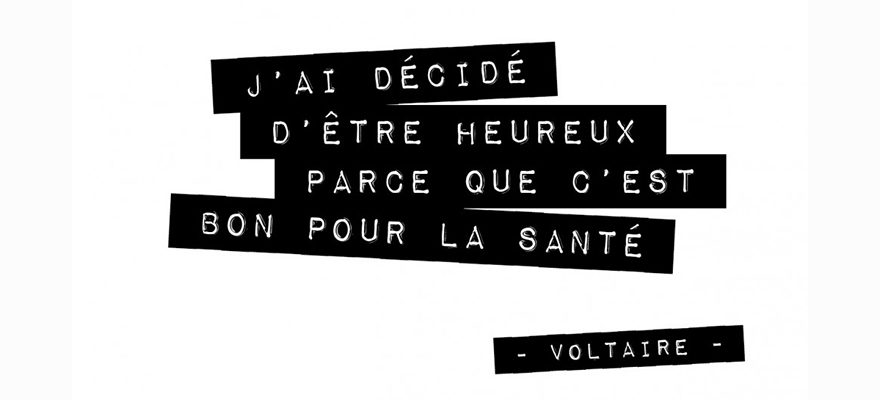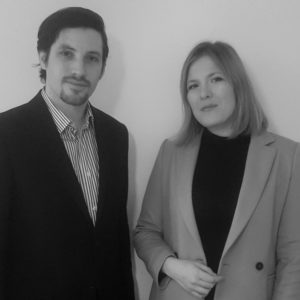

Sébastien Lachaussée & Elisa Martin-Winkel
Fair use by quoting under French law
Author’s right have exceptions, which allow to avoid conviction for counterfeiting when they are invoke in a court and include the short quotation exception. It’s not a question of « short quotation right » but it’s a « short quotation exception ». And if conditions which allow to benefit from the exception are provided by general provisions, there is still practical specificities according to the affected kind of work.
In theory, French author rights and related rights institute monopolies at the benefit of rights holders. But author or performer patrimonial rights are subject to pragmatic exceptions provided for in Articles L122-5 for authors and L 221-3 of the French Intellectual Property Code for perfomers. Then is allow the free and private performance of a work with family or friends, the educational exception, the parody, the information exception… But if they allow the suspected infringer to escape sanctions, they have to be strictly applied, because they will be interpreted strictly by judges. The short quotation exception is often invoke in courts, but it will only benefit for the invoking party if it proves that it acts with caution. The law doesn’t exclude any kind of work from the benefit of the exception. But traditionally the French Supreme Court considers that the short quotation exception can only benefit to literature and so not to graphic, musical and audiovisual works. But case law has changed for almost every kind of work.
At first, from a legal point of view, the text of the law only provides patrimonial right exception. The one who invokes the short quotation exception is also submit to moral right, which prohibits any disclosure of the work before the author, any modification of the work, and any omission of the author’s name. Then, the short quotation exception implies the existence of a second original work which quotes the first work. That implies that the quotation has to be an accessory of the second work which has to survive to the quotation removal. The quotation also has to be justified by the fact that the second work is critical, controversial, educational, scientifical or informative. This means that the quotation has to support an analysis of the quoted work which has to be the purpose of the quoting work. The quotation also has to be short which is appreciate by a comparison of the quoted work with the quotation. To finish, like every exception, the short quotation has to respect the three-step test to be allowed by judges. This means that the exception has to be limited to a specific case, not breach the normal exploitation of the work or causing any unjustified damage to the author legitimate interests. However, those conditions have several applications according to the kind of work.
Exception applicationaccording to the kind of work :
- The musical short quotation :
Magistrates don’t exclude the musical short quotation. However, the quotation has to respect every conditions, otherwise it will be an author right infringement. Therefore, the Paris Court of Appeal, in a December 10th 2003 decision, Cherie FM v/s SCPP, has consider that phonograms broadcastings on internet corresponding to authors names wasn’t a short quotation exception because it wasn’t fit with an information purpose and the extracts which was broadcast was too long (30 seconds of quotation for original works lasting approximately 3 minutes each) which wasn’t respect the brevity condition. It’s here important to remind that using a music as a soundtrack can’t be, in any case, a short quotation. Therefore a soundtrack will always need holders authorisation.
- The audiovisual short quotation :
In a September 9th 2014 decision, the Paris Court of Appeal has consider that integrate a documentary extracts into a Film, without authors authorization and without mention of their name, wasn’t a short quotation exception and was breaching paternity right and integrity of their work because director’s commentary was added to the documentary’s pictures. A film production company has been confronted with two different applications of this rule. Into a first decision from the Paris commercial court, December 16th 1997, the insertion of INA’s archive pictures into a documentary has been consider as a short quotation exception because the INA’s reference in the credits was a sufficient identification of the source. However, the same film production company has been convicted for counterfeiting, in a decision on March 31th 1999, because the mention into the film’s credits « Video France 2 » was considered as an insufficient identification of the source. The judge has explained that it would be acceptable if the channel’s logo and the title of the broadcast has been integrate to the quotation. This different solution can probably be explained by the fact that INA’s archive pictures are highly recognizable, which the judge has noted in the first decision.
- The short quotation by screen shot :
The screen shot seems to be a clandestine way to take possession of works. However, on July 1st 2010, the Versailles Court of Appeal considered that the screen shots of the broadcast « Pékin Express », which were published on a magazine without producers authorization, was a short quotation exception because it was already broadcast and the quotation wasn’t disproportionate compared to the number and the duration of pictures broadcast by producers. Their use as illustration for critical, polemical and instructive article was fitting with the newspaper editorial policy and the source was sufficiently identifiable by the channel’s logo on the screen shot and by the title of the broadcast on every page of the article. Therefore the Court seems to assure that a quotation has to be accepted as soon as it respect legal conditions, regardless of the work. But some of them can’t be quoted.
- The short quotation of photography and work of art :
Photography is a graphic work. Therefore it’s important to differentiate the quotation of the work in a small size (vignette) from the partial quotation (close-up on a detail of a work of art) which may impairs the original work. In its judgement, on October 12th 2007, the Paris Court of Appeal considered that the reproduction of a photography, as a 6 x 4,5 cm vignette which read Newlook, more than two years after its first disclosure on the magazine on its 41 x 20 cm original size, in order to illustrate a polemic text on a immediate news about several mediatised deception from the person depicted in the picture, was a short quotation exception. Judges explained that this publication was respecting the three-step test, therefore every conditions were verified. However, this decision were made on the legal basis of the Article L 122-5 9° of the Intellectual Property Code, come into force during the procedure, and which is authorizing the work of art reproduction in an immediate informative and exclusive purpose. For pictures, and any other graphic work, the short quotation exception isn’t also really possible, because it’s another exception with other conditions. Therefore on January 23th 2002, the Paris Court of Appeal reminded that the integral representation of a picture during a TV show and its trailer, without the author’s authorization, wasn’t a short quotation exception, whatever the informative purpose. Only the accessory theory could be use in such case. It has especially been developed in a French supreme court decision on March 15th 2005, about the Terreaux square in Lyon, whereby a graphic work appearing in the background of a another work (film, picture…) wasn’t an infringement because the contentious work was an accessory of the other one. Therefore, staying a few second with the camera on the contentious work wouldn’t be accepted, which was the case in 2002.
Apart from literature, which has created the exception, music can also be use as a short quotation exception, just as videos and screen shots in a certain context. However this exception is a weak defence about pictures for which it will be safer to invoke the accessory theory in order to use a picture without its author’s authorization. Anyway a scrupulous respect of conditions in advance of any conflict is highly recommended, otherwise there is an important risk of conviction for counterfeiting.
SHARE THIS ARTICLE
CONTACT
OUR OFFICES
INFORMATION
sl@avocatl.com
PHONE
+33.1.83.92.11.67
Address
121, boulevard de Sebastopol
75002 Paris
5th floor / Staircase A
Follow us :
Newsletter
Please enter your e-mail :
